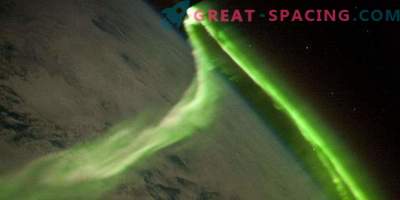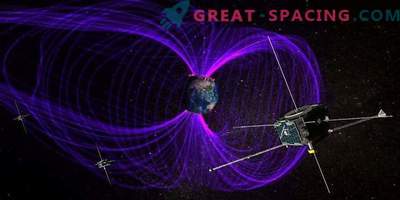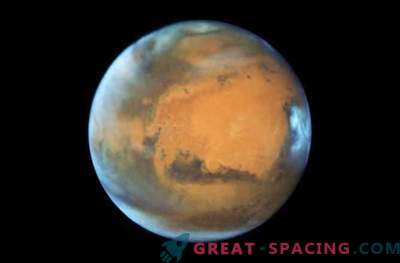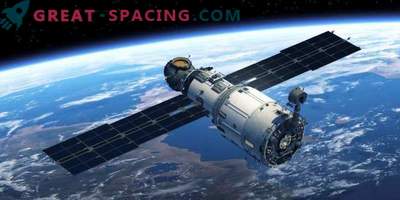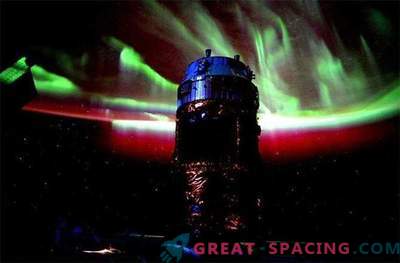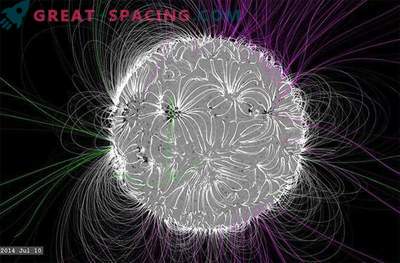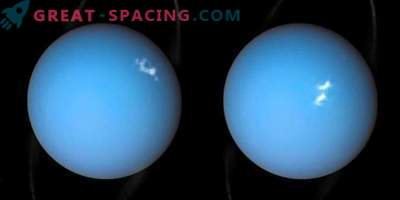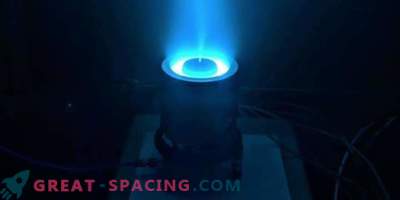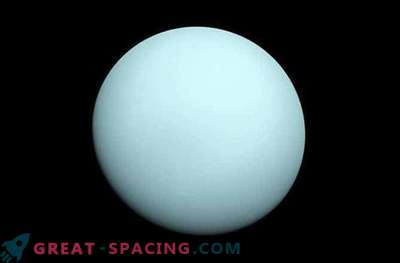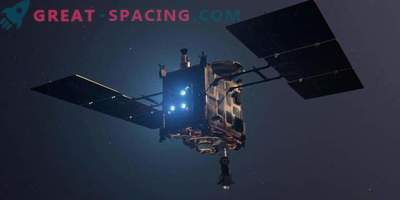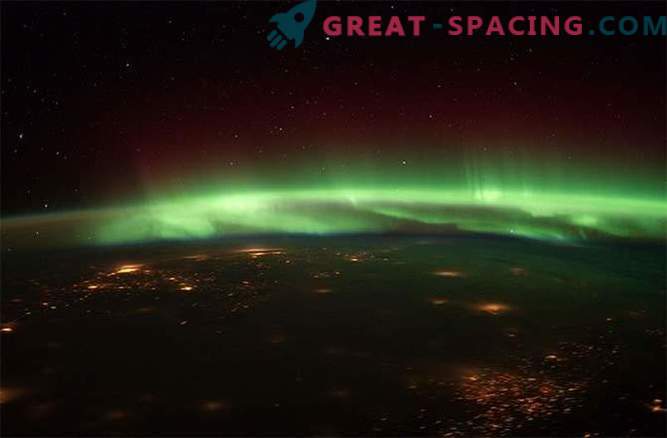
When the solar storm excites the magnetic field of our planet, beautiful auroras — also known as northern or southern lights — blinded the world. Radiance occurs when high-energy particles from the Sun pass through the upper atmosphere, causing the gas to glow strongly. But it is difficult to figure out where the lights are in real time.
“In general, space is so huge (93 million miles from Earth to the Sun), and we have only a few widely spaced satellite systems that can test models that predict space weather and auroras,” Liz MacDonald, a scientist, wrote in an e-mail to Discovery News. at NASA Goddard Space Flight Center.
"This leads to high uncertainties and predictions of auroras, which are rather coarse. In addition, auroras can grow non-linearly and operational models of auroras are not yet able to simulate this very complex physics. And finally, the local weather of the Earth is of great importance for public, since you need a clear sky to see the northern lights. "
MacDonald’s solution is to ask amateur scientists to record their observations. Called Aurorasaurus, the project offers people to send their real-time observations to a website. Twitter also has comments on auroras. Observations from a scientific point of view are valuable. A recent study published in the journal Space Weather, shows that amateur scientists often find aurora much more to the south than models predict. This correlates with the observations of the storm on St. Patrick's Day in 2015, which also formed the basis of research in astronomy and geophysics.
"Taken together, all observations of amateur scientists can test aurora models and, possibly, improve their accuracy," said McDonald, describing the Space Weather article as a first step.
"In addition, amateur scientists can get images of rare dynamic auroras that are still not well understood or characterized, and these observations may be useful in combination with the rest of our scientific data."
The work was supported by the National Science Foundation and includes many researchers and supporters. The team is also recruiting volunteers here.


